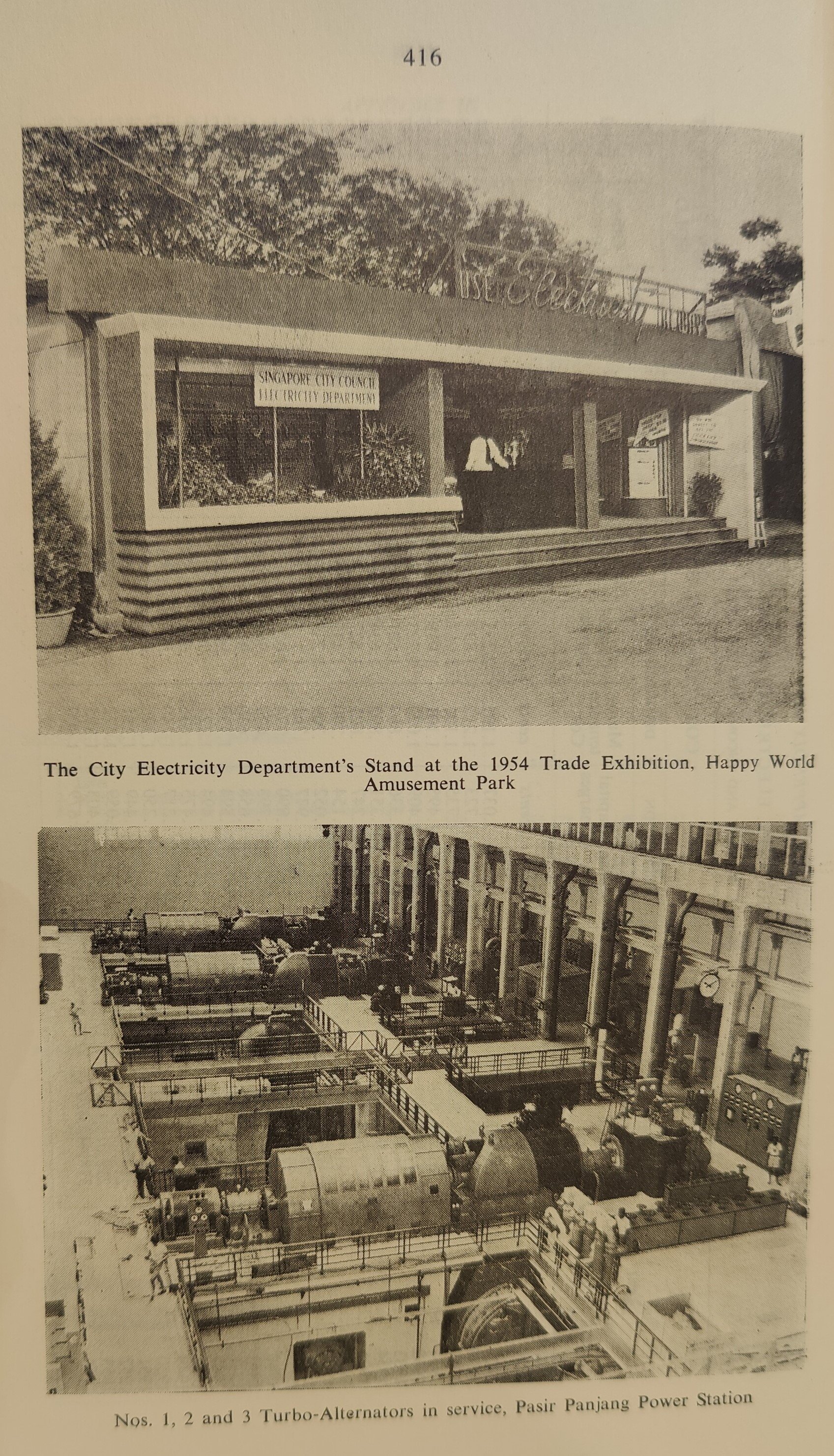Pasir Panjang Power Station
The energy generated by Pasir Panjang Power Station played a significant role in powering Singapore’s intensive post-war industrial drive. It picked up the slack from St James Power Station, which was in ‘deplorable condition’ after being badly damaged during the Second World War. At the 3 July 1953 opening ceremony, President of the City Council T.P.F. McNeice declared that the power station ‘may almost be said to mark the emergence of Singapore from the dark age into the dawn of industrial development.’¹
As the country’s economic activities grew, so did the demand for electricity. To put things into perspective, St James Power Station only had a maximum capacity of 2 megawatts when it was first commissioned in 1926. By 1962, the nation’s overall energy demand had risen to 105.7 megawatts. Consequently, more power generators were added to Pasir Panjang over the years, with a new station – Pasir Panjang ‘B’ Power Station – completed on the same site in 1965.
In line with the modernist ethos of speed and efficiency, there was much fanfare when the power station was completed within an almost record-breaking 23 months. While attention is usually paid to completed buildings, the construction process of Pasir Panjang Power Station – mired by material and labour shortages – tells us more about the global networks that our built environment is entangled within. All steel used in the power station was sourced from the United Kingdom, and post-war shortage meant that there were delays in the shipment for 3000 tons of steel required in the second phase of building. Writing to the Colonial Office in London to hasten the shipment of steel, J.F. Nicoll, the Governor of Singapore conveyed the urgent need for electricity:
It is far from being merely a matter of inconvenience to householders. The cuts… are seriously affecting industry and cold storage installations. In consequence there is substantial waste and therefore increased costs of both manufacturing goods and of food… Also there is the security aspect. With large areas of the city blacked out each night we are open not only to the activities of ordinary criminals but also if they care to take advantage of it, to the creation of trouble by Communists.²
The contractors Messrs. Coode, Vaughan-Lee, Frank & Gwyther (who were also working with the Belgians to build the Ijora B Power Station in Nigeria) proposed the purchase of Belgian construction steel.³ However, different measurement systems, and perhaps pride in their own steel industries, meant that the suggestion was not adopted.
Two designs for the Pasir Panjang Power Station were considered but the Municipal Commissioners found Municipal Architect Donald Cameron Rae’s to be more preferable over that of the Civil Consultants.⁴ Like St James, Pasir Panjang Power Station is also finished in fair-faced red brickwork, its façade gridded with square windows. These windows are wrapped with precast concrete trimmings, punctuating the otherwise homogeneously red surface with white accents. Soaring glazed windows lined with concrete vertical fins minimise the glare from sunlight flooding into the cavernous turbine hall.
Affordable, durable, and attractive, fair-faced brickwork boomed globally as cities were being reconstructed under tight budgets after the conclusion of the Second World War.⁵ Nearly 2,000,000 of the ‘best locally made’ bricks were laid during the first half of Pasir Panjang Power Station’s construction, and 45,150 cubic yards of concrete was laid (sufficient to construct a road 5 m wide, 15 cm deep, and over 48 km in length).⁶ So dire was the need to complete the power station that the immigration ban on foreign workmen was relaxed to let skilled carpenters and bricklayers from Hong Kong expedite building.⁷
As cleaner and more advanced power stations were built, Pasir Panjang ‘A’ Power Station was decommissioned in the mid-1980s and ‘B’ in the late-1990s. Currently, Pasir Panjang ‘A’ houses a mixed-use entertainment space run by 24OWLS, a music, lifestyle, and entertainment company. Gazetted as part of the Greater Southern Waterfront by the Urban Redevelopment Authority there have been calls for proposals to re-imagine the 15-hectare site as it develops progressively over the next 50 years.
Location: 27 Pasir Panjang Rd, Singapore 117537
Architect: Donald Cameron Rae, Municipal Architect
Year: 1953
Status: Not conserved
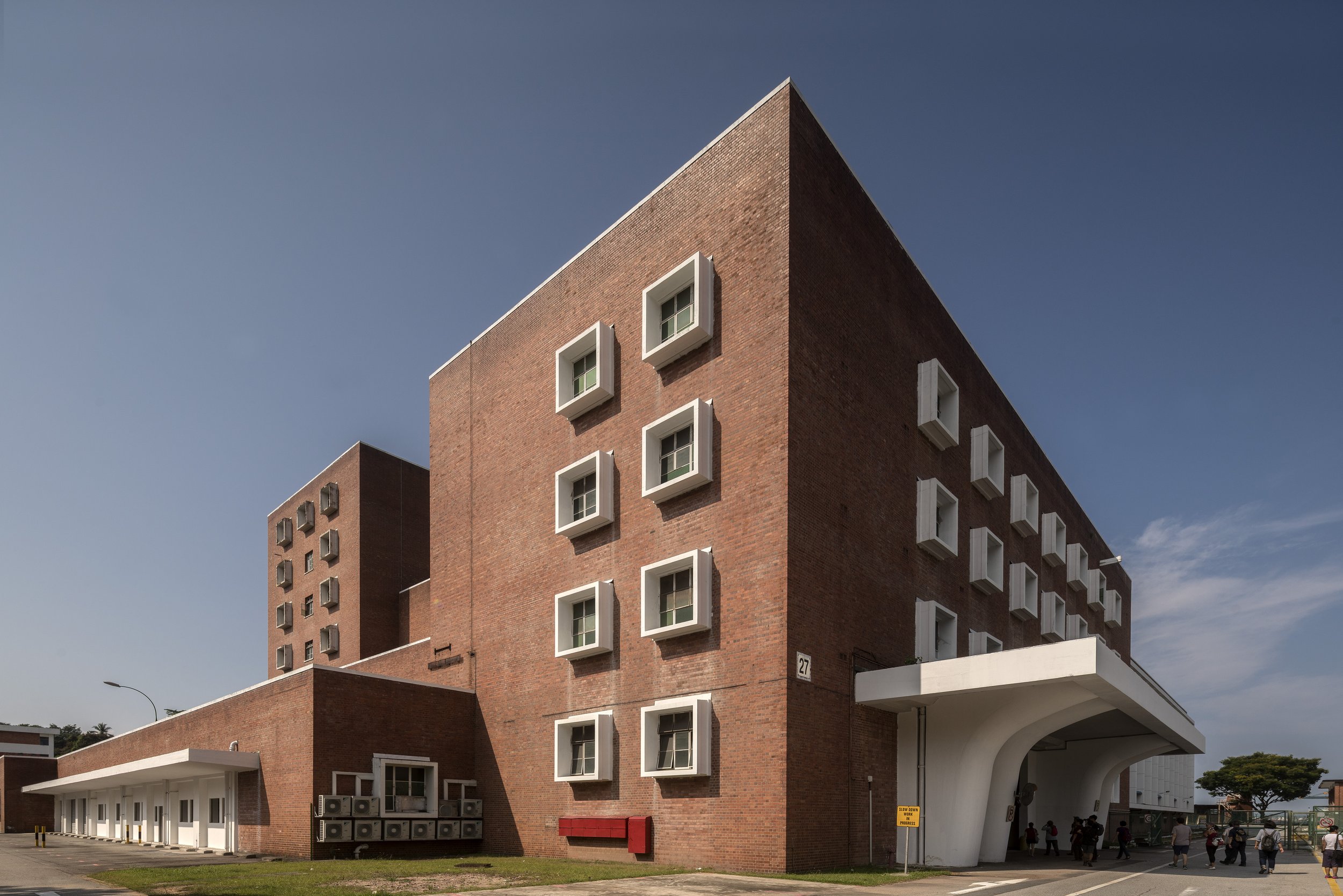
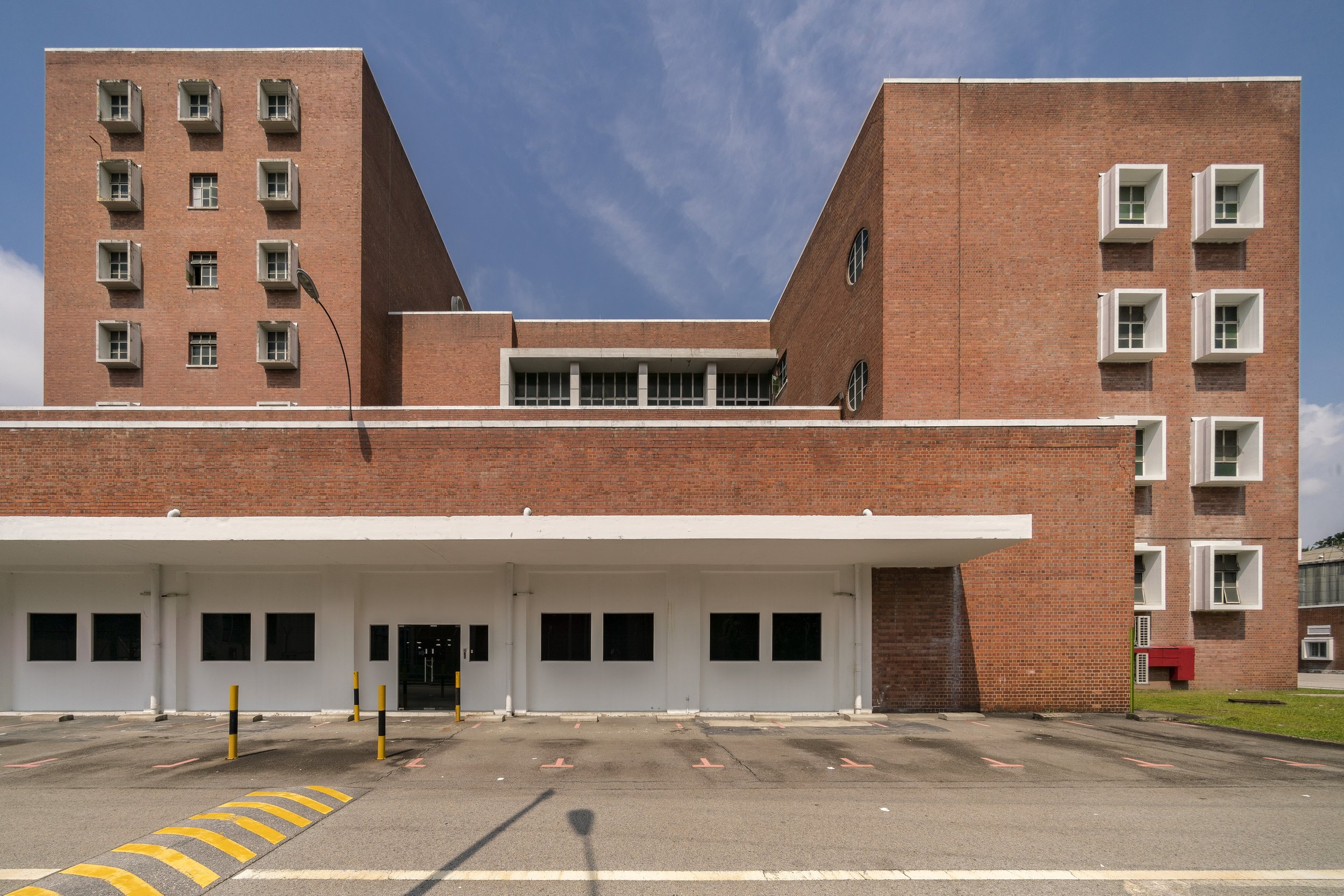
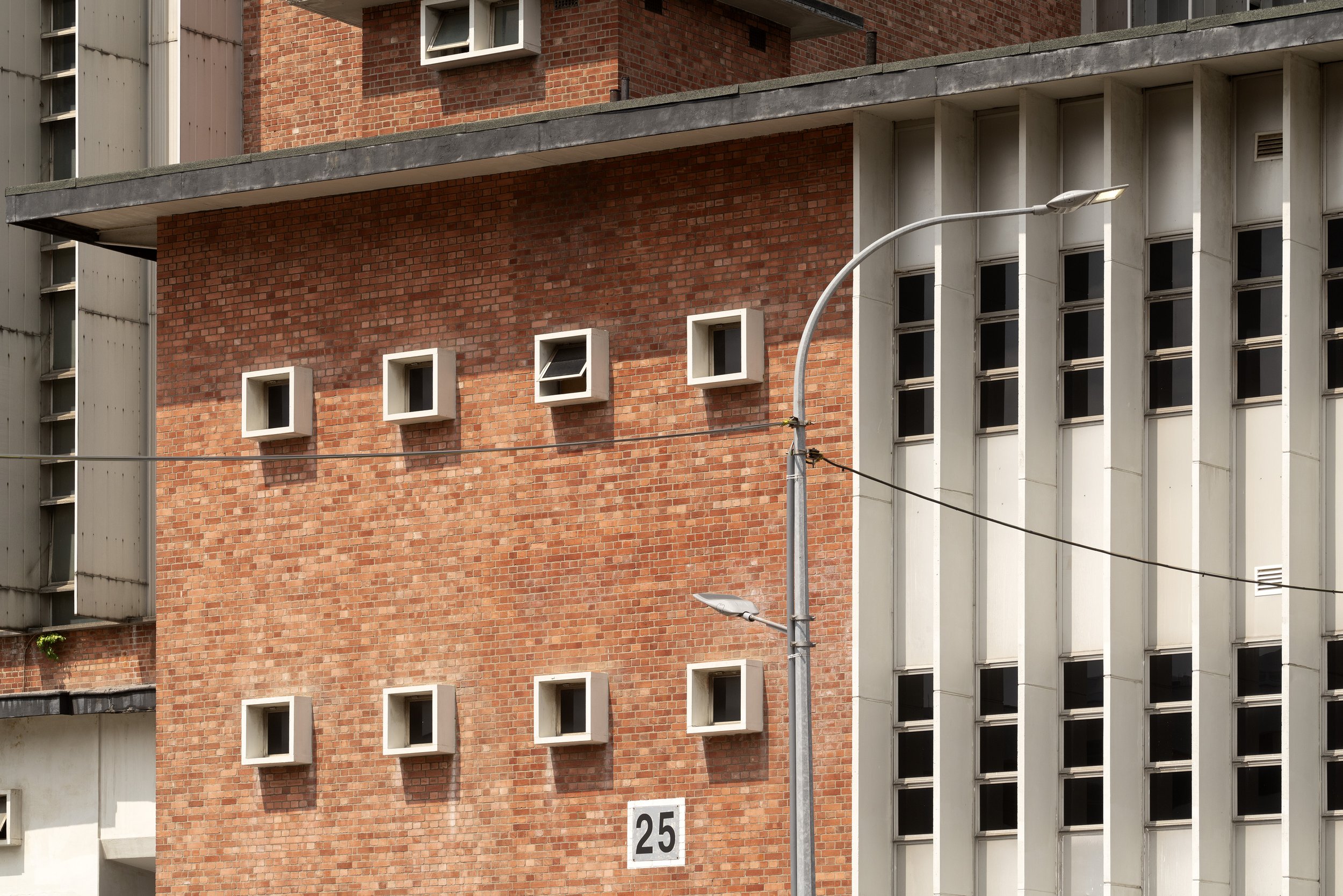

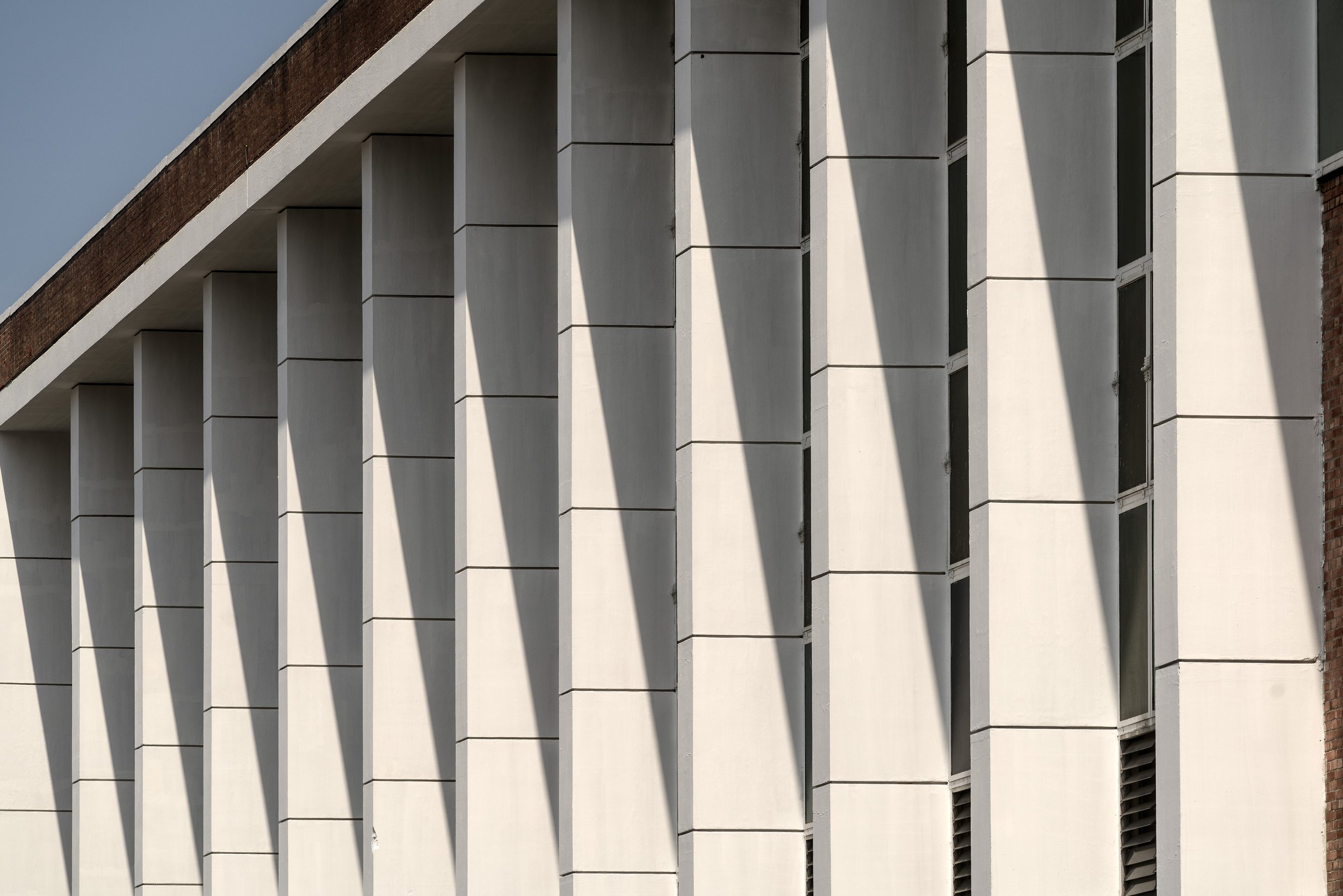
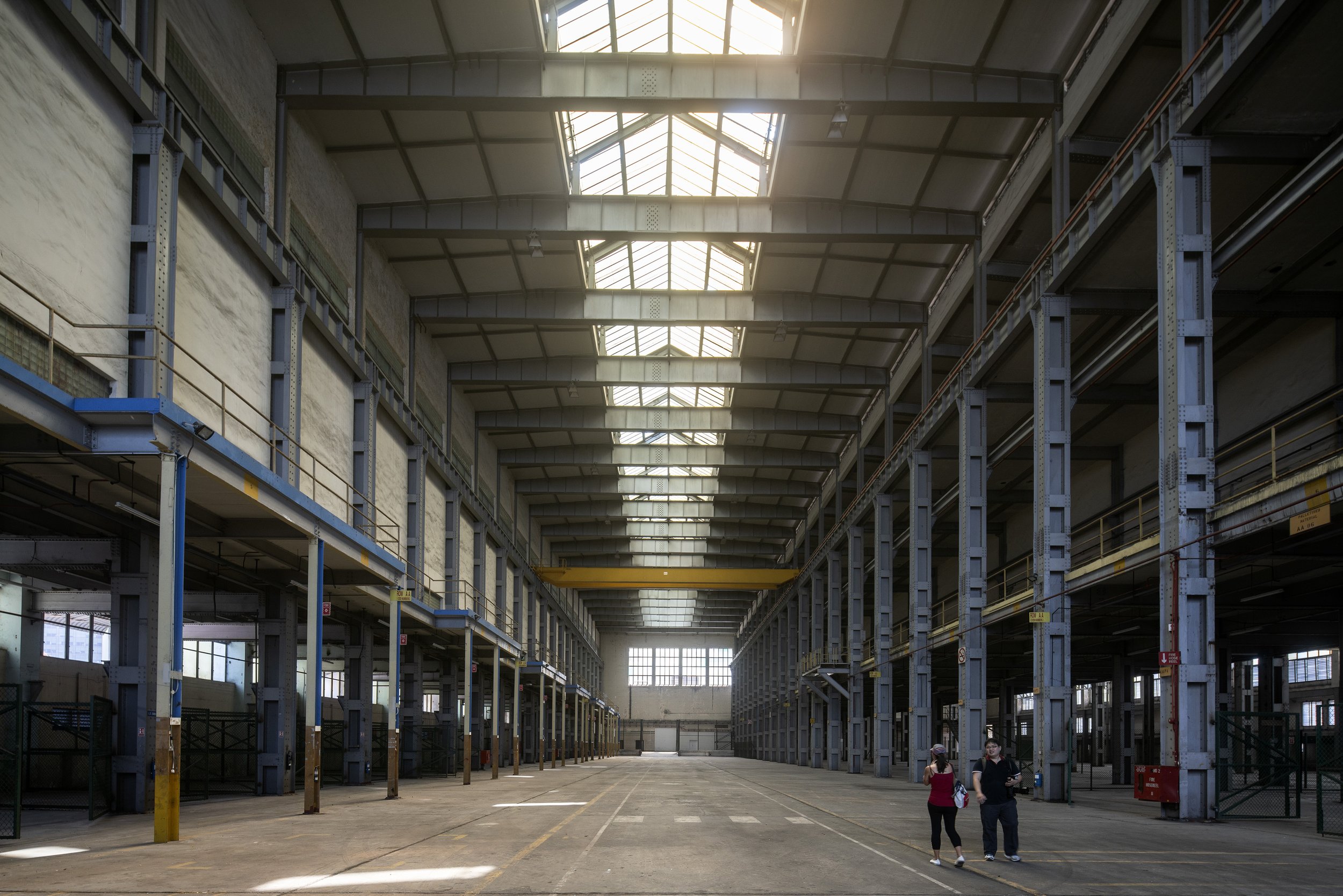
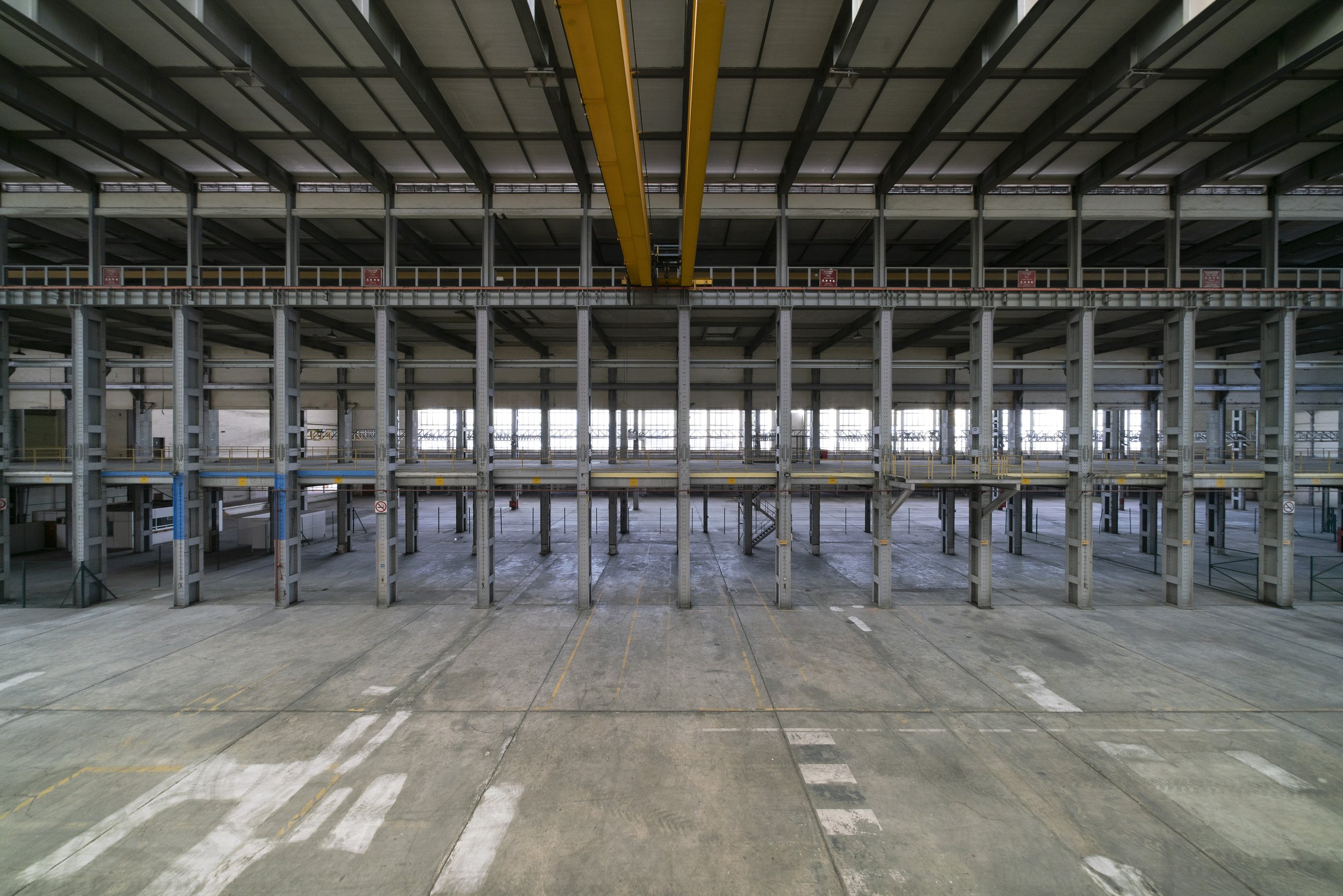

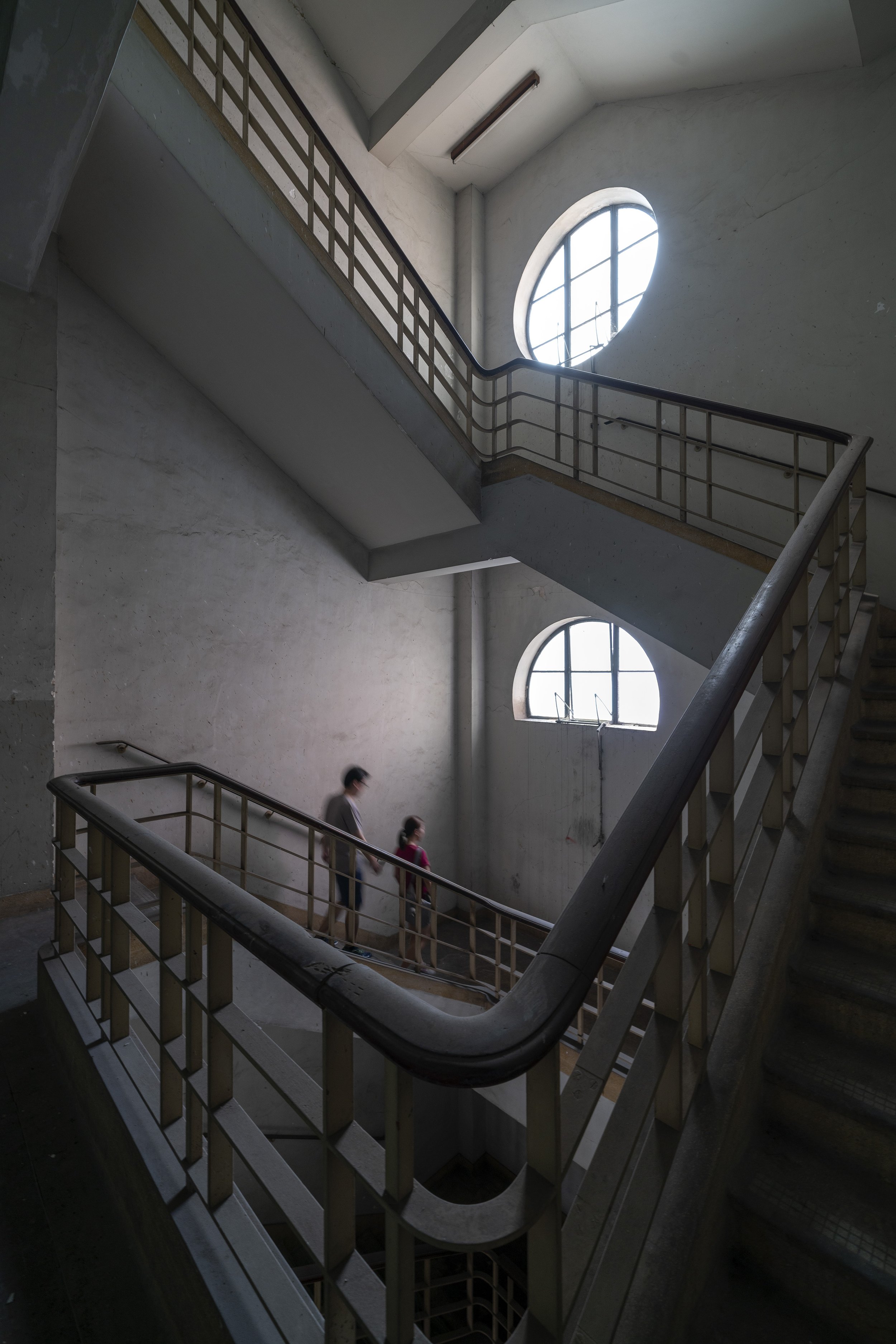
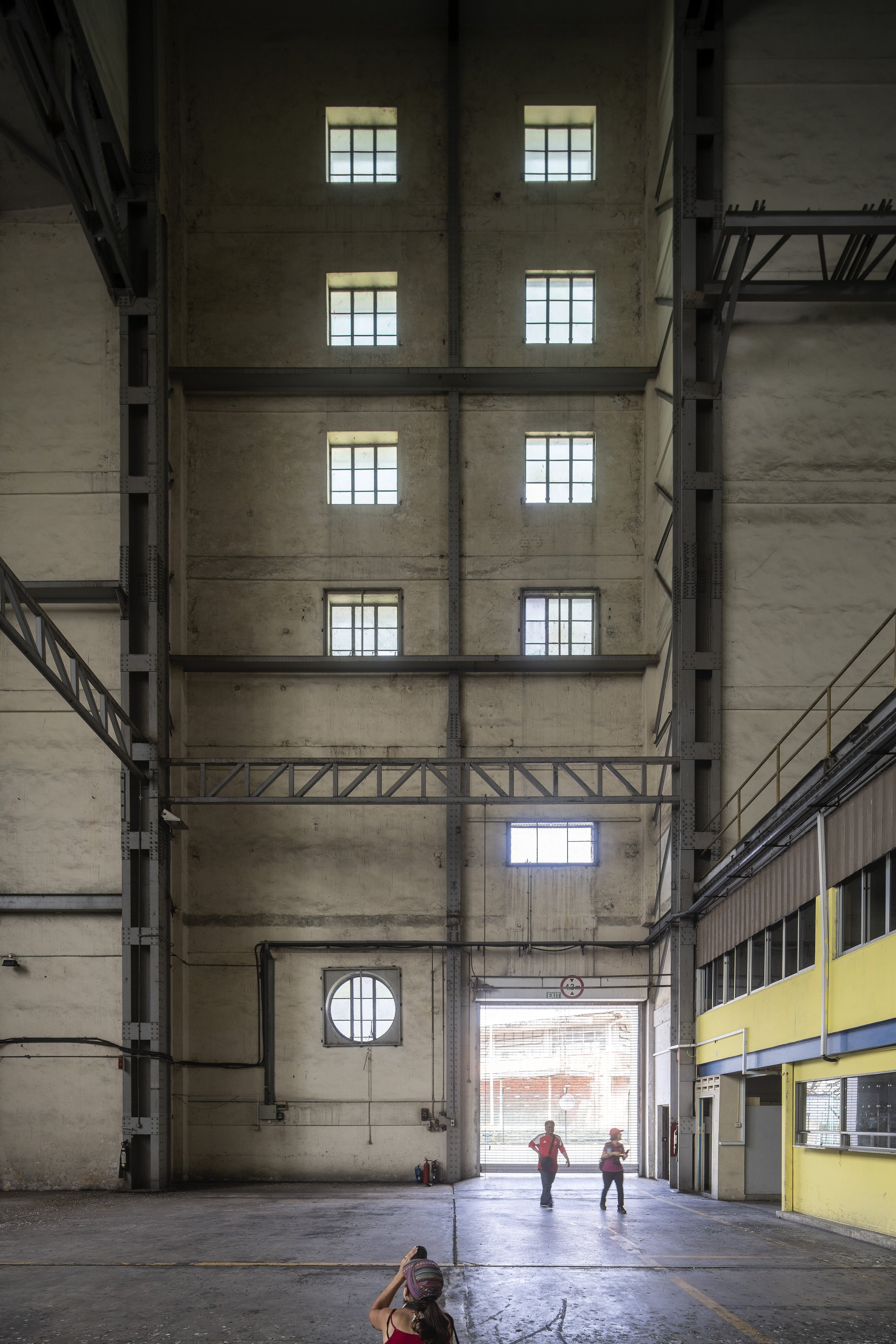
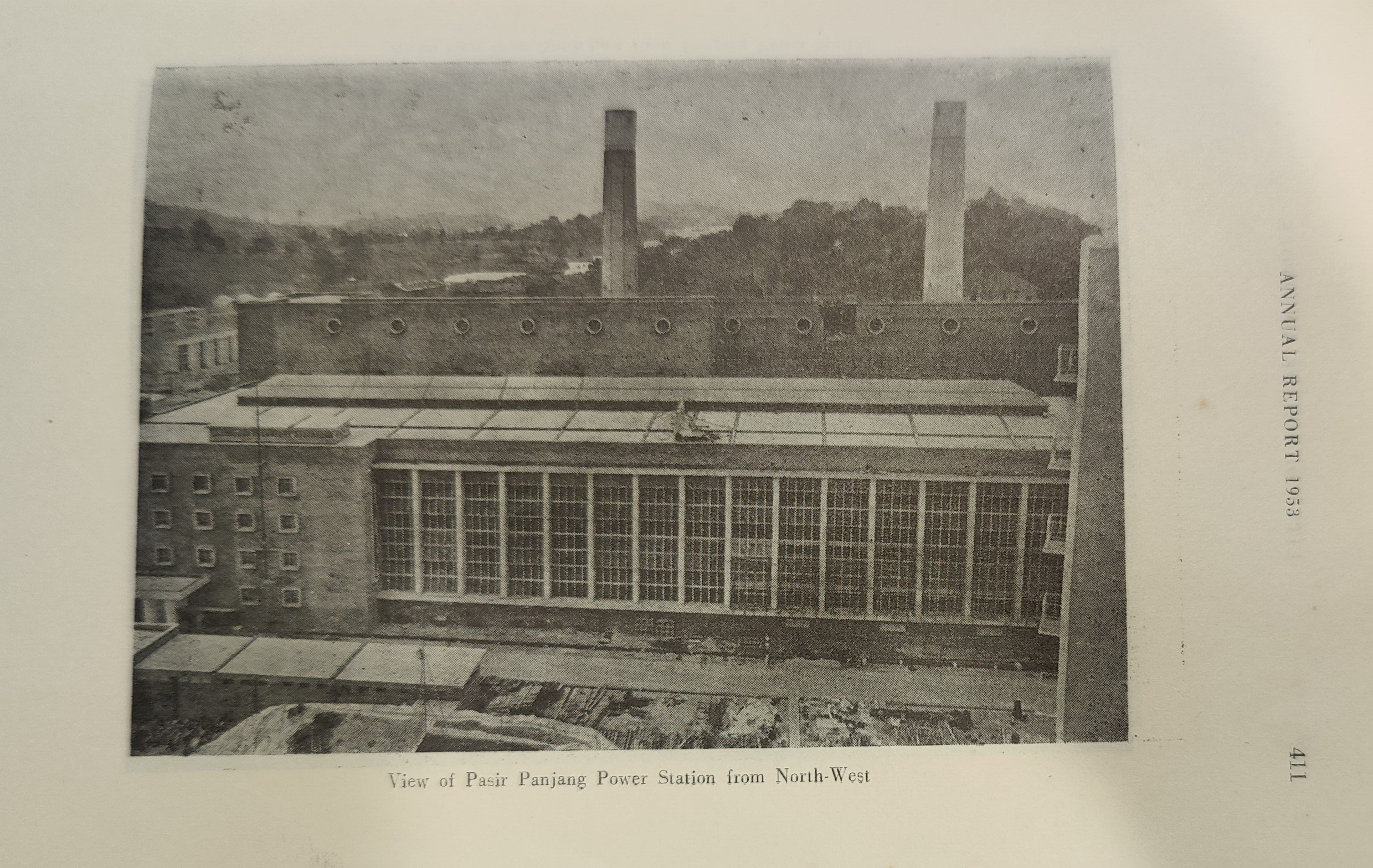
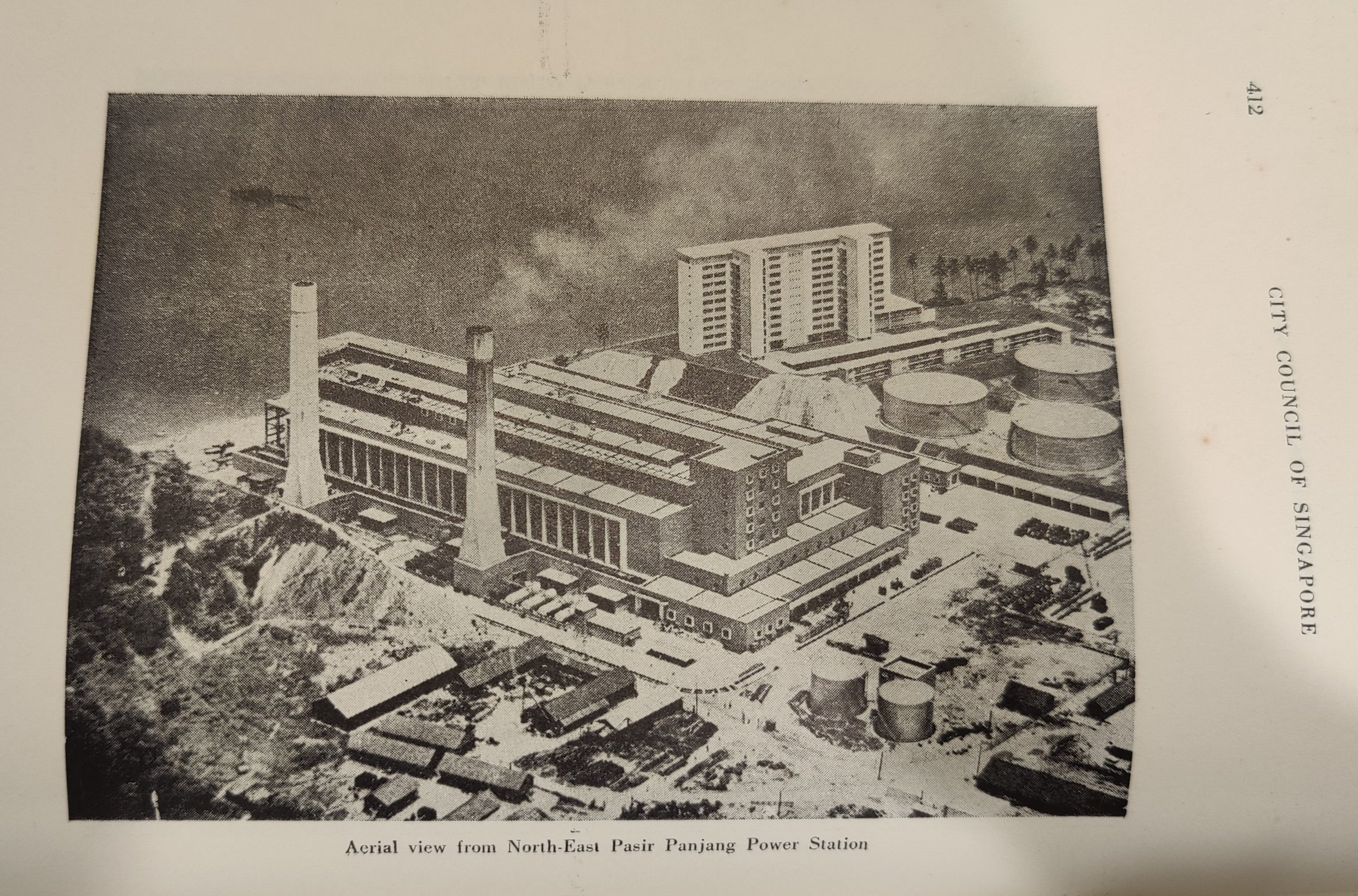
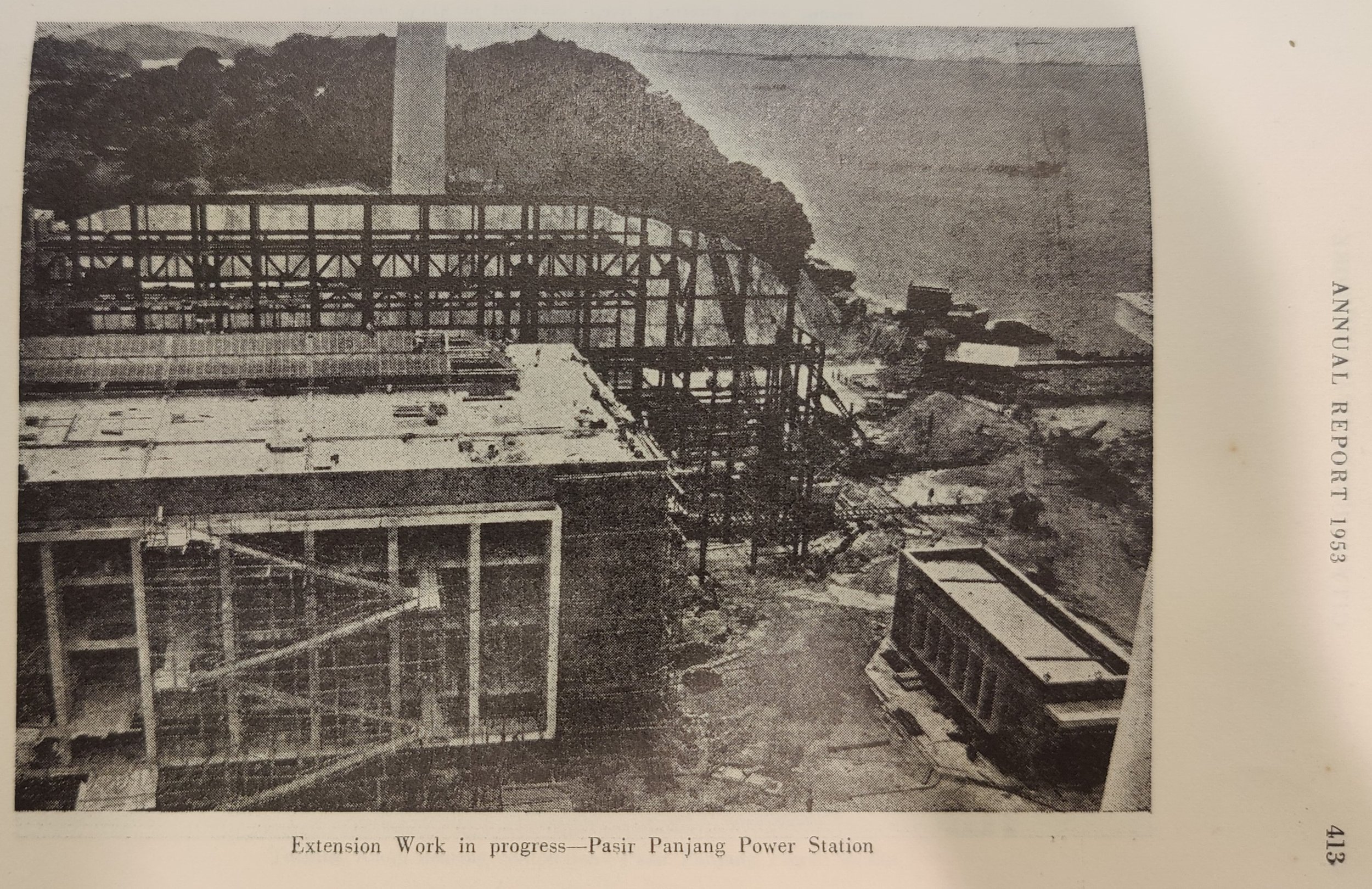
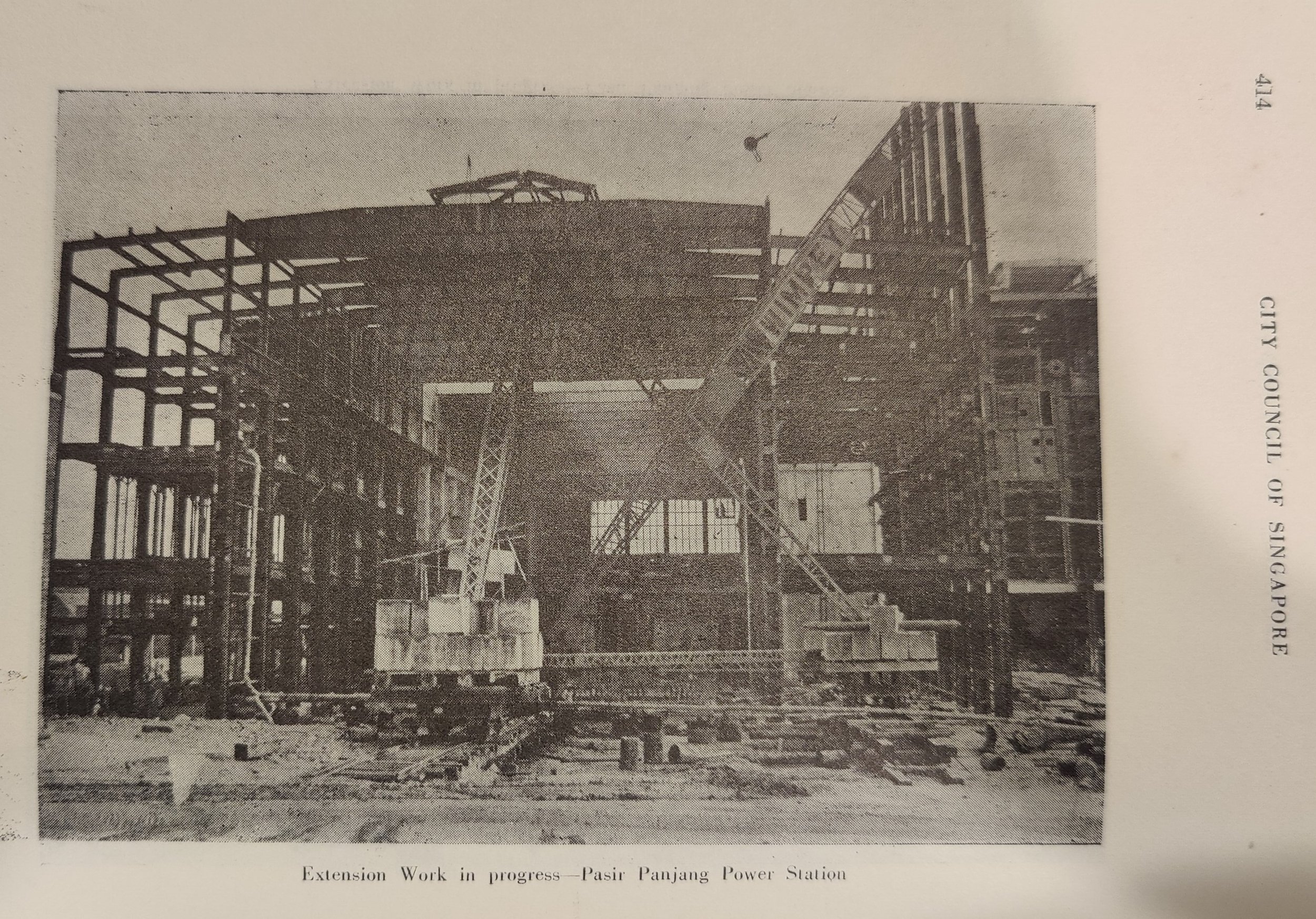
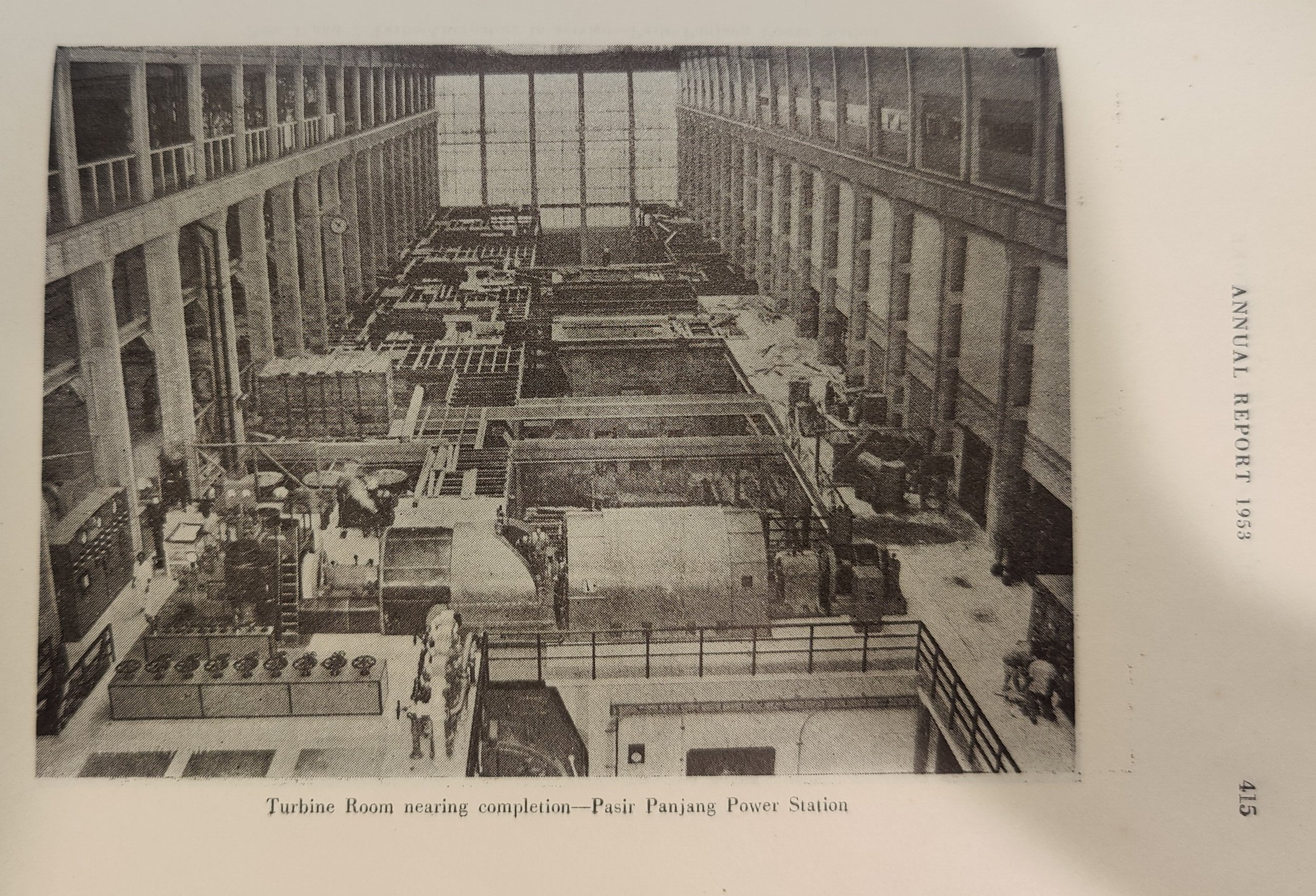
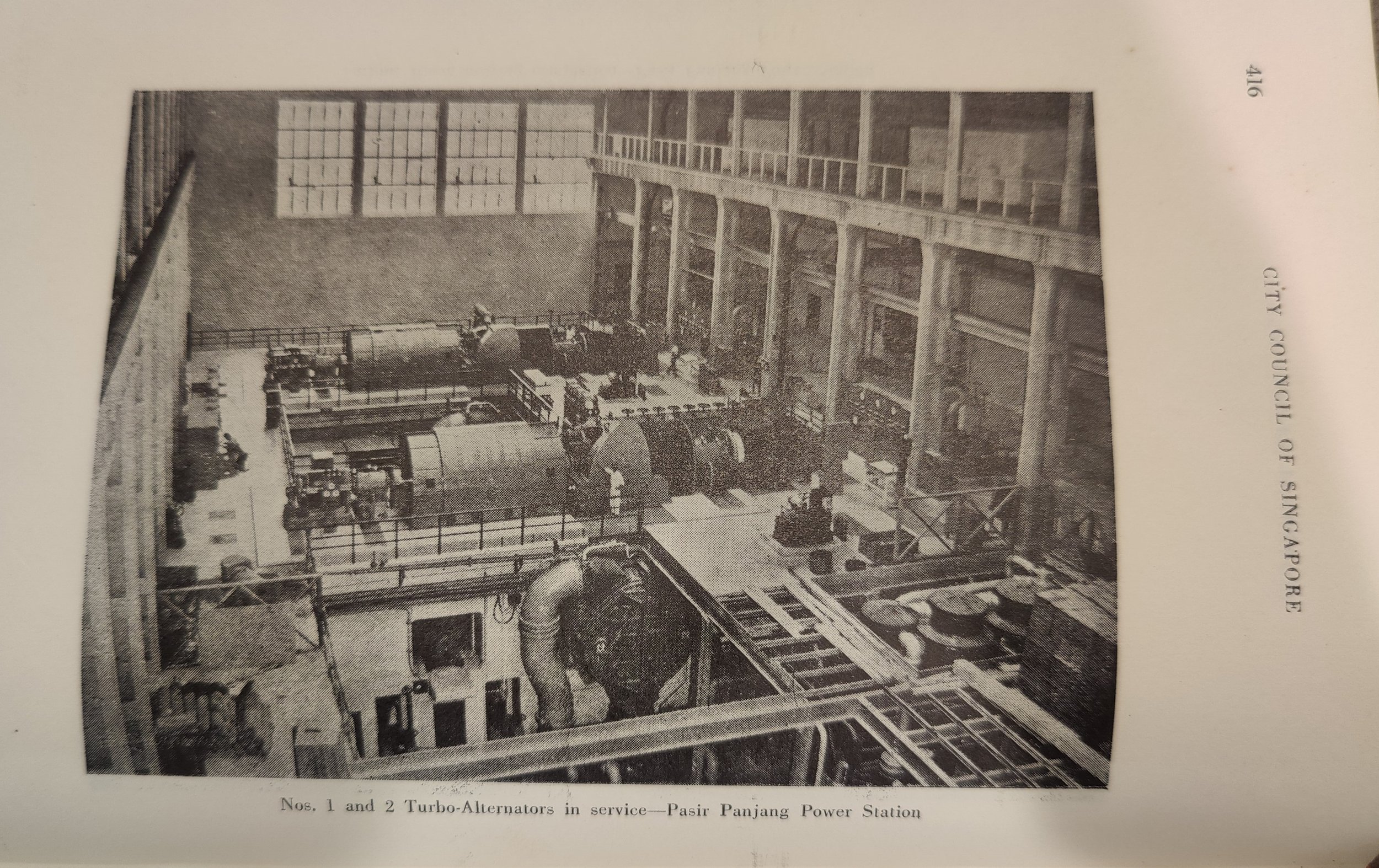
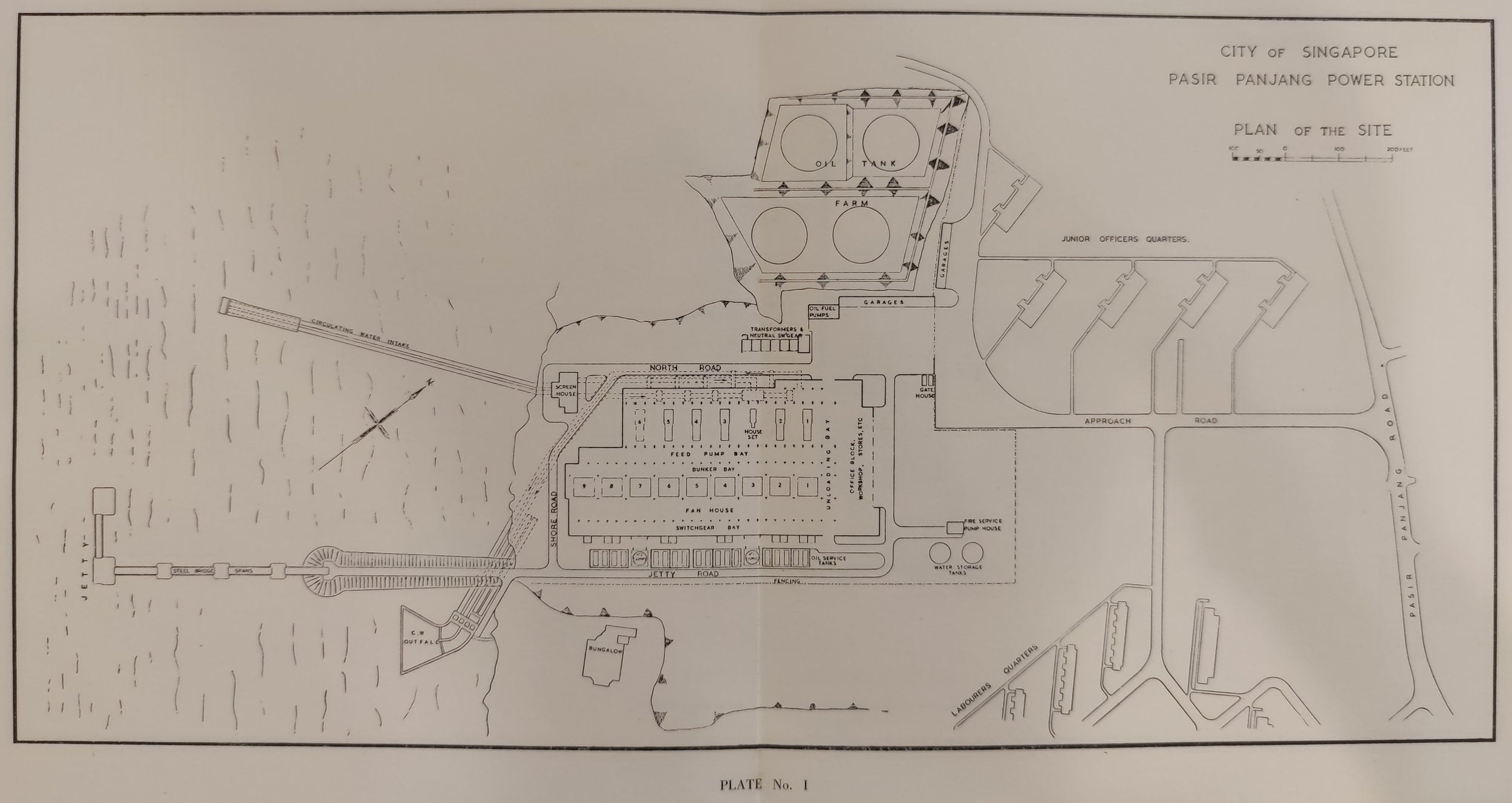
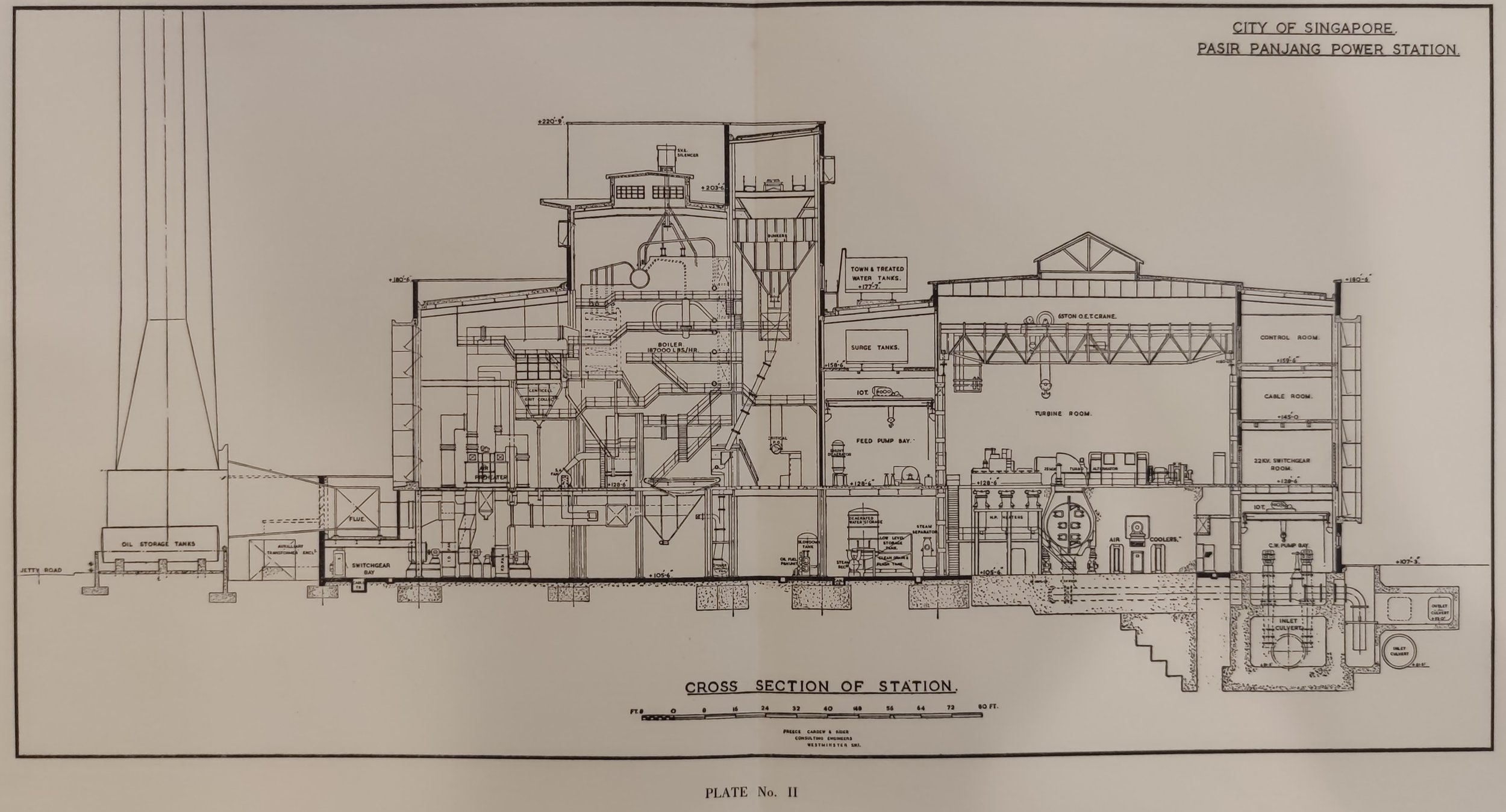

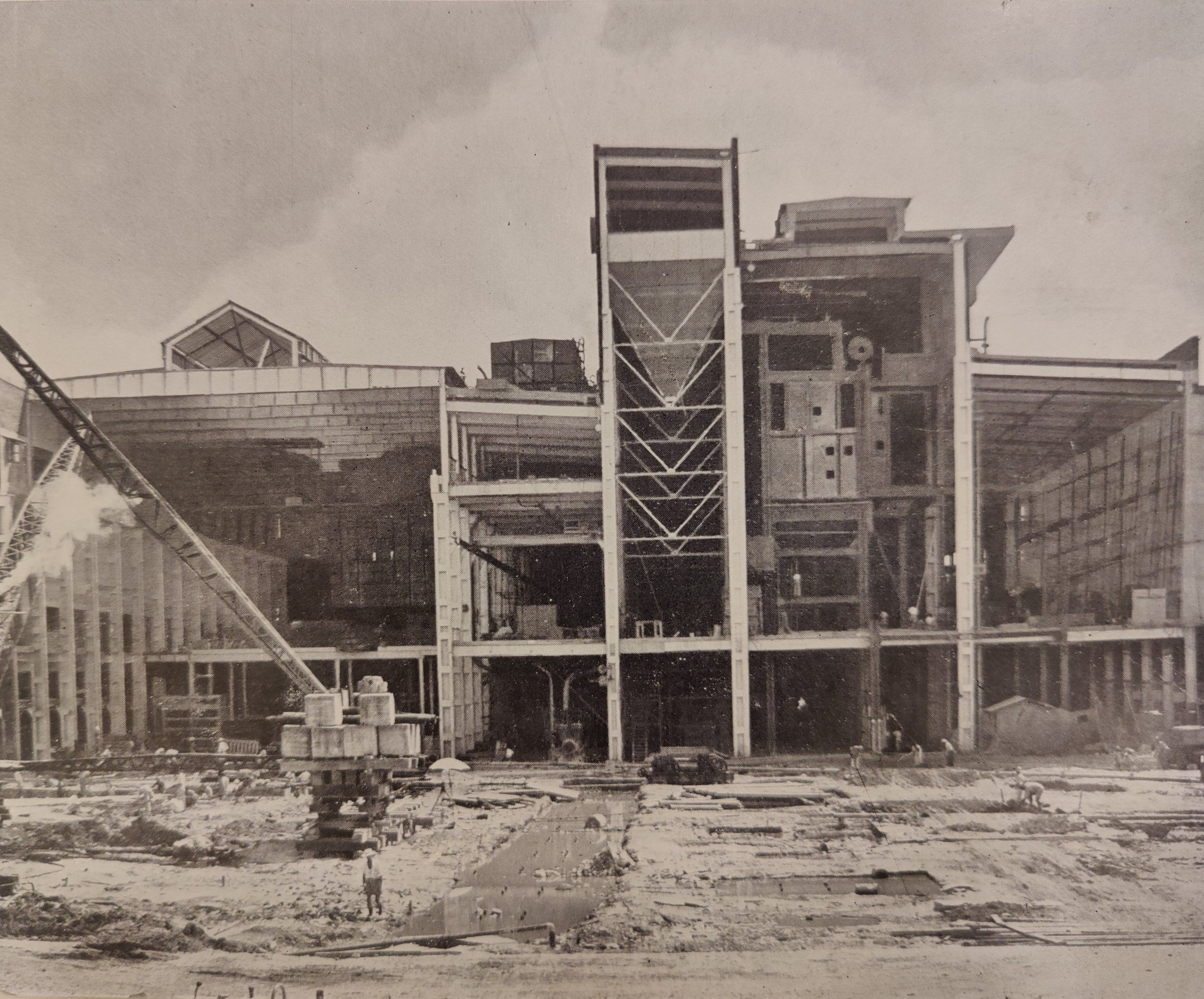
References:
City Council of Singapore, Electricity Department. Souvenir Commemorating the opening of the Pasir Panjang Power Station by His Excellency, the Governor of Singapore, Sir John Fearns Nicoll, on Friday, July 3rd 1953 (Singapore: The Straits Times Press, 1953), 8.
CO852/1102/10. Iron and Steel for Pasir Panjang Power Station, Letter from J.F. Nicoll to John D. Higham, 31 May 1952.
CO852/1102/10. Iron and Steel for Pasir Panjang Power Station, Memo, 27 June 1952.
Administration Report of the Singapore Municipality for the Year: 1949 (Singapore: The Straits Times Press, 1949), 266-267.
Ho Weng Hin, Dinesh Naidu, and Tan Kar Lin. Our Modern Past: A Visual Survey of Singapore Architecture 1920s-1970s, Volume One Part Two (Singapore: Singapore Heritage Society and SIA Press, 2015), 274.
City Council of Singapore, Electricity Department. Souvenir Commemorating the opening of the Pasir Panjang Power Station, 17.
‘Work on power station stepped up to meet future load increases’, Sunday Standard, 24 February 1952, 2; ‘72 “efficient” workmen from Hong Kong’, The Singapore Free Press, 12 May 1953, 5.
Last modified on 15 December 2022. Written by Jason Ng.


